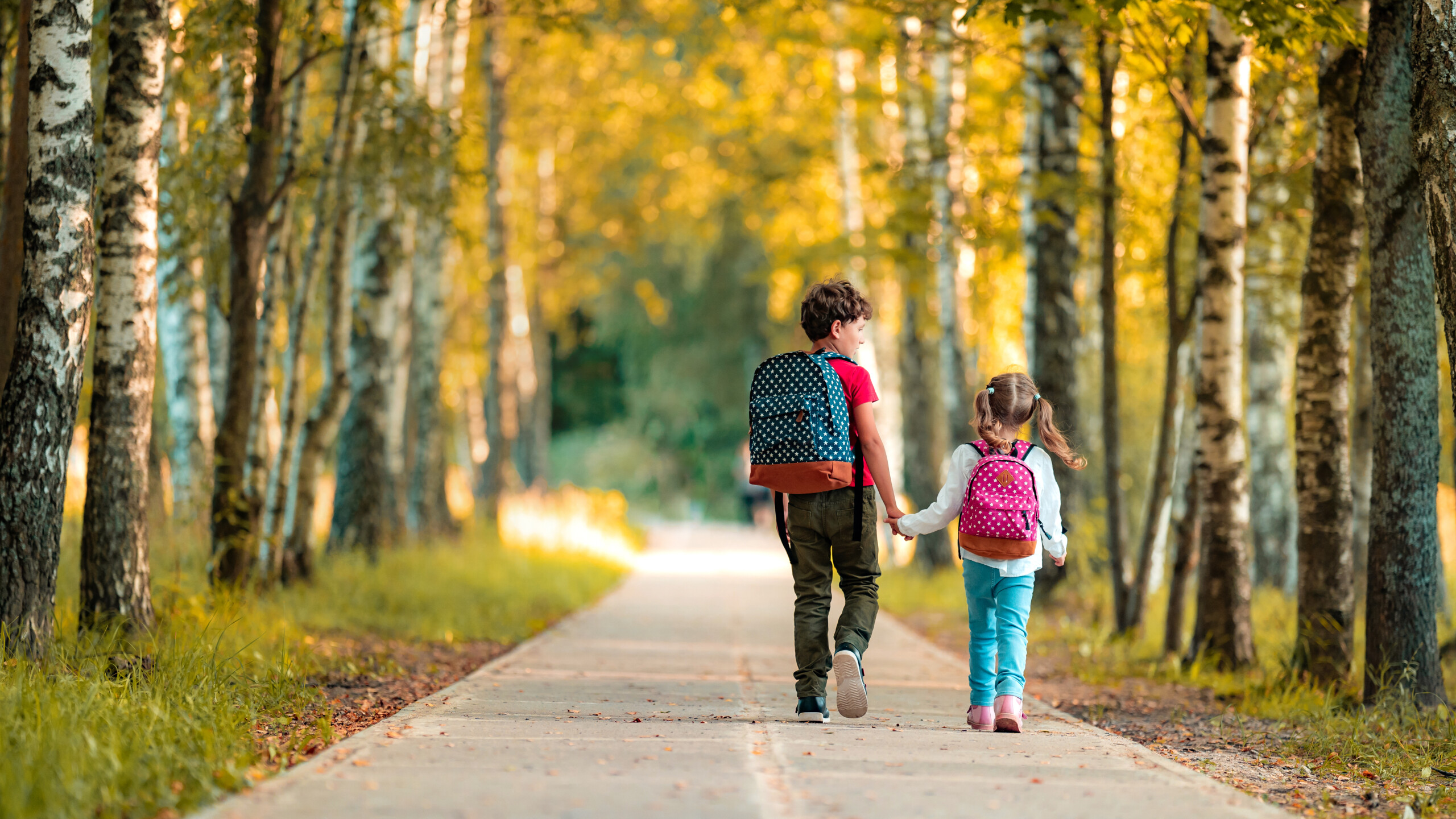Fun Crafts for Your Fall
Each season comes with an aesthetic all its own, and we have to say that fall just might be our favorite of all! With bright colors, crisp leaves, and cooler temperatures making sure that outdoor...

Back to school means fun with friends, new adventures, and learning about the great big beautiful world all around us! It also means hours and hours away from the people who care the very most about your child. Wonder Bunch knows that while we are all excited to learn, parents and caregivers are often anxious about the many pitfalls and potential dangers out there for our little learners.
Experts suggest you skip the “because I said so” line of reasoning and tell your child the honest reasons behind your concerns. Helping them understand the why behind your rules can help them make better decisions when the lines haven’t been clearly drawn. Have a truthful discussion about stranger danger, bodily autonomy, and the limitations of their freedom. While kids may initially resist, it’s normal to test their edges to know exactly where and when they are safe.
While so many of our concerns have been with reminding children to grab their masks and hand sanitizers, the standard back-to-school concerns still exist. This week, Wonder Bunch Media identified a few common factors for keeping kids safer at school!
Walking home from should be an easy way for your child to show a little independence, but it can feel like a minefield of potential dangers. In fairness, everything is a minefield of potential dangers, and that’s why we wear seatbelts, have no-slip mats in the tub, and use parental controls on their electronic devices. Their walk home is the same. Filled with dangers we can do our best to counter. Open and honest conversations are a great place to start!
There is a good chance your child has been told not to tattle more often than they have been told exactly what, and when, they should be talking to an adult. The organization Stomp Out Bullying has great resources for dealing with bullies, while 7 Cups has a great psychologist-led forum on how to stop being a bully.
One of the most important steps for ending bullying is to end the shame cycle. If your child is being bullied, don’t ask what they did to cause it. Instead, remind them that it is not their fault, and that nobody deserves to be treated the way they were. Instead, use empowering language to help them avoid the situation in the future, and encourage them for having had the bravery to talk about it in the first place. Remind them that they have the power to walk away, to not engage, and to find a safe space away from the problem.
Privacy matters, but protection matters more. Enabling location services on your older child’s devices ensures that not only is the device easy to find if it ever gets misplaced, but your child is easy to track when they are out on their own. Many devices include location sharing features, enabling the user to share their location with only select contacts.
A number of devices, from smart watches to keychain trackers are available to make locating your child easy.
An autism-specific tracking device, Angel Sense utilizes two-way communication, allowing your child to reach out to you if needed, while constant monitoring allows you to see your child’s location at any time. The device alerts you if your child is outside of their designated safe zones, or if they enter an area that has not been included in their daily routine.
Your child brings so many wonderful things to this world, and with a little preparation, the world can be a little bit safer place for them to be. We hope you are having a wonderful back to school experience, and we can’t wait to see what your little learners have to teach us this year!